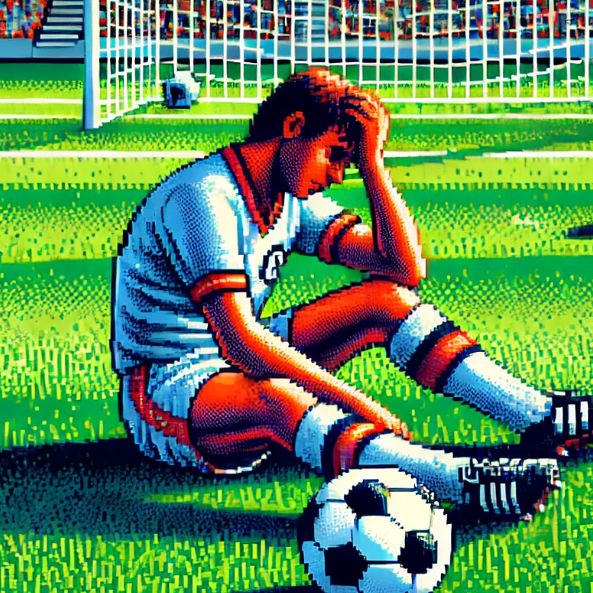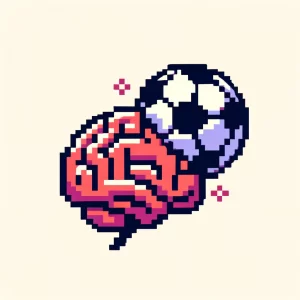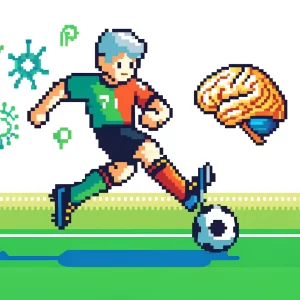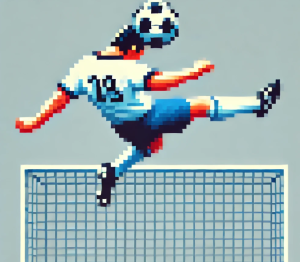
Protecting Young Soccer Players from Hidden Risks
Picture this: it’s the final minutes of a tightly contested match. Players are diving for headers, colliding mid-air, and pushing their limits. As a coach, parent, or club leader, you’re focused on the game’s outcome. But what about the unseen impacts on your players’ brains?
New research reveals that repetitive, seemingly minor head impacts—called subconcussions—can lead to long-term cognitive challenges. This is a wake-up call for everyone involved in soccer to rethink how we train, play, and protect our players.
The Science of Subconcussions: What You Need to Know
Recent findings from a groundbreaking study have shed light on the effects of subconcussive impacts on both male and female high school athletes, including soccer players. Here’s what the research uncovered:
- What Are Subconcussions?
Subconcussions occur when the brain experiences mechanical forces below the threshold of a diagnosed concussion. Unlike concussions, subconcussions don’t cause immediate symptoms, but their cumulative effects can lead to significant cognitive impairments. - Key Findings:
- Both male and female athletes in high-contact sports, like soccer, show changes in brain activity after a season of play.
- These changes include delays in cognitive processing (measured by N400 signals) and alterations in sensory processing (measured by N100 signals).
- Female athletes demonstrated stronger overall brain responses, though the subconcussive effects were similar across genders.
- Why It Matters:
Subconcussions can accumulate over time, potentially increasing the risk of long-term issues like memory loss, attention deficits, and even chronic traumatic encephalopathy (CTE).
Turning Research into Action: Practical Steps for Soccer Teams
Protecting your players from the risks of subconcussive impacts doesn’t mean eliminating headers or physical play—it means being smarter about how we approach training and gameplay. Here are actionable strategies to incorporate:
1. Rethink Training Drills
- Limit Header Repetition: Restrict the number of headers during practice sessions, especially for younger players whose brains are still developing.
- Focus on Technique: Teach proper heading form to reduce the force of impact.
2. Monitor Player Health
- Use tools like brain vital signs or EEG-based technologies to assess players’ cognitive health throughout the season.
- Incorporate regular cognitive and sensory tests to establish baselines and track changes.
3. Build Rest and Recovery into the Season
- Schedule mandatory rest periods after high-contact games or tournaments.
- Educate players about the importance of reporting symptoms, even if they seem minor.
4. Invest in Protective Gear
- Consider headgear designed to mitigate the force of impacts during games and training.
- Regularly review and upgrade equipment to meet safety standards.
5. Foster a Culture of Safety
- Encourage open communication about head impacts among players, coaches, and parents.
- Normalize taking breaks or sitting out when needed without stigma.
Broader Implications: A Call to Action for Soccer Leadership
This research highlights the need for a cultural shift in how we view head impacts in soccer. Governing bodies, leagues, and clubs must lead the charge by:
- Advocating for policy changes that limit high-contact activities for younger players.
- Funding more research on subconcussions in soccer, particularly among diverse populations.
- Promoting educational campaigns to raise awareness about the risks of repetitive head impacts.
Your Turn to Kick It Off
The health and safety of our players depend on all of us—coaches, parents, players, and club leaders—taking proactive steps. Now, we’d love to hear from you:
- What strategies have you implemented to reduce head impacts in your training sessions?
- How can clubs and leagues better support coaches in protecting players from subconcussive risks?
- What additional resources or tools would help you prioritize player safety?
Join the conversation in the comments or on social media. Together, we can create a safer and smarter soccer experience for all.
By translating the latest science into practical steps, we can ensure that every player, regardless of gender or skill level, can enjoy the game while safeguarding their long-term health. Let’s protect the future of soccer—one play at a time.
Are you ready to delve deeper into the science and strategy of soccer?
This Week in Soccer offers you a unique blend of expert analysis, engaging infographics, and practical insights. Subscribe to our newsletter and stay ahead of the game with the latest in soccer analytics and coaching strategies. Make the move from spectator to strategist. Subscribe now!



